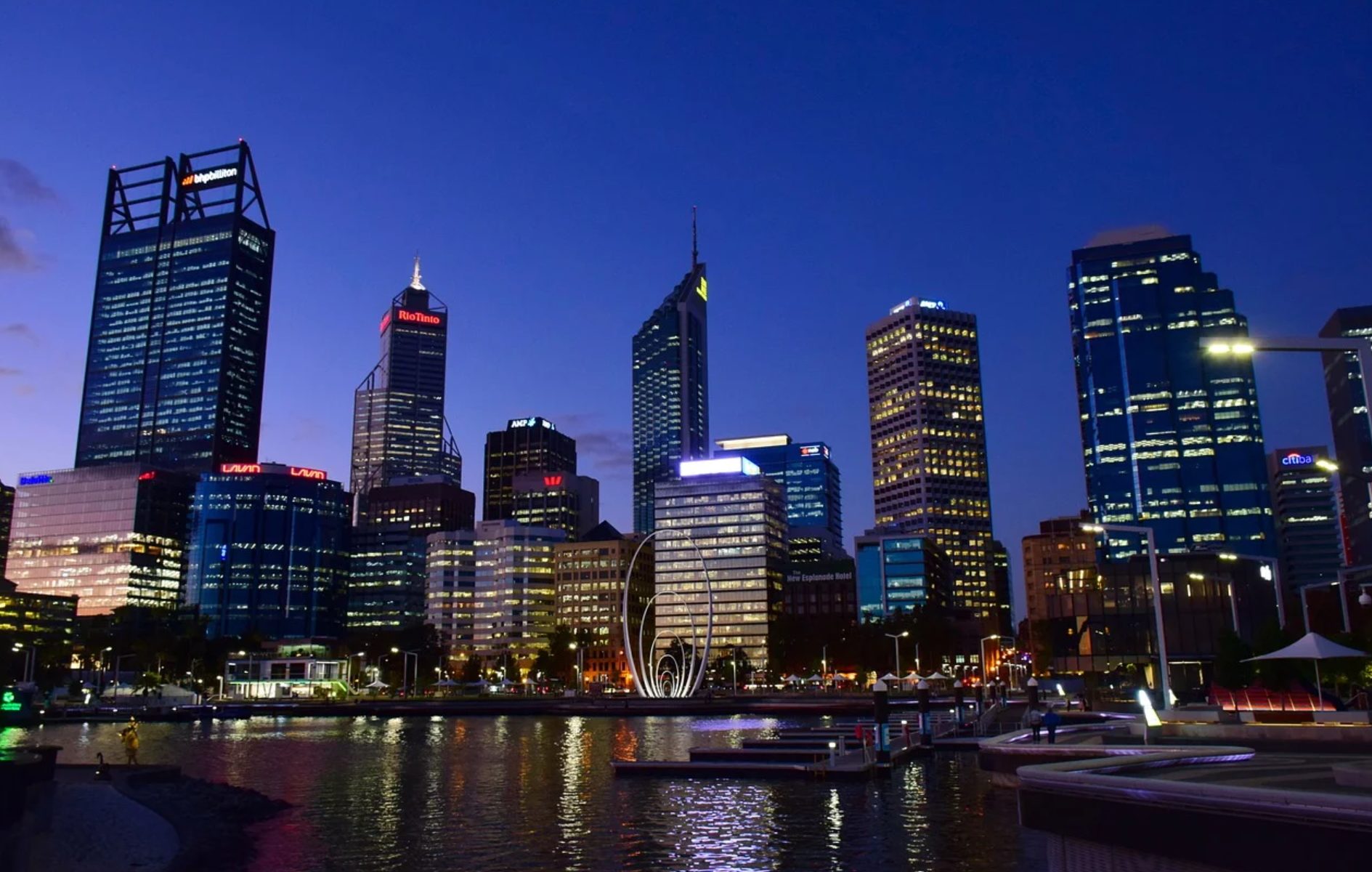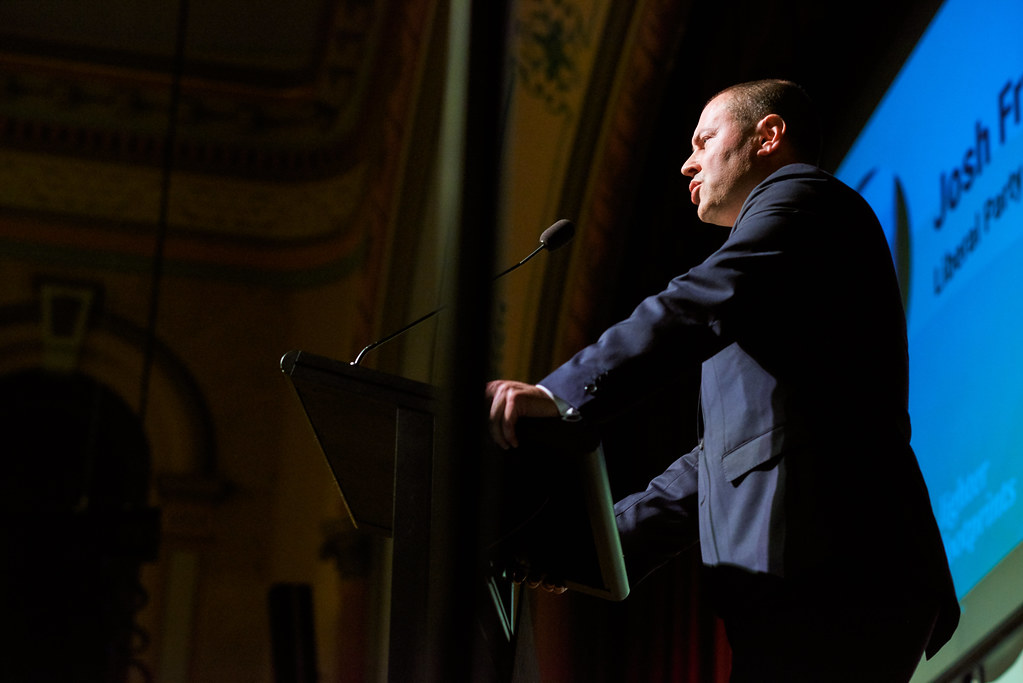The price of iron ore has never been so important to the Western Australian economy as has been evident in the recently announced state budget. On the back of soaring iron ore prices, the state government collected nearly $8.45B in royalties from the miners who exported millions of tonnes of the ore to overseas markets, in particular China.
The forecast for the next 12 months shows a similar amount of royalties will be collected before prices start coming off their highs in 2022, or earlier. It has been a huge windfall for the state and has cushioned the impact of Covid19 on the economy. While other states’ economies have wallowed, Western Australia has powered on and even produced a healthy surplus for the last financial year.
Whether it was good planning or luck, the decision by the state government to keep miners going, at almost any cost, has proven to be a master stroke. It didn’t matter if they were mining gold, copper or any other mineral or iron ore, miners ploughed ahead as other industries took a hit. Fortunately, the mining industry kept alive manufacturers and industry related to the sector.
The state government cannot be complacent though, as it would not take much for the price of iron ore to come off the boil or buyers to disappear. If Brazil can get Covid19 under control and exports crank up from them, China could well look away from Western Australia as their main source of the ore. With the sometimes-delicate relationship we have with China it could mean they hit us in the wallet – just because they can.
The price per tonne of iron ore reached a low of $37USD in 2015 and has since soared to be currently sitting at $122USD. Miners are making the most of it as well as the government and mine expansions are on the increase to cash in on the bonanza.
The miners are also tackling the issue of staffing as the FIFO experience has shown that having workers self-isolate when they travel from interstate is proving costly and is in no way practical. It isn’t good for workers either who are spending more time away from family, if they are able to travel from interstate. This is making the companies rethink their strategy of employing someone no matter where they live in Australia and encouraging workers to pack up and move west.
This is creating problems in the housing market across the board as rental vacancies have reached extremely low levels in Perth and major regional centres. Real estate agencies are experiencing the best sales figures in a long time but unfortunately for sellers the needle is yet to move on house prices. This will change as supply starts to dry up. It will probably mean a boon for the state government as stamp duty revenue is sure to increase for them.
During the last mining boom thousands of people flocked to WA to make the most of the circumstances. When mining went off the boil many returned to the east coast. Will we see the same happen again and will it be a short term hit or can it be sustained?
Already the unemployment rate in WA has fallen below the expected rate of 8% and likely to fall further if circumstances don’t change because of Covid19. With changes to Jobkeeper and Jobseeker being phased-in, unemployed people are more likely to seek out employment which will bring the rate down even further.
WA must surely be the envy of the other states, even if the borders are shut to the east coast. A healthy economy, tourism experiencing healthy numbers from WA locals and mining powering on it all looks rosy for the near future. Can the government make the most of it and plan wisely for that future?



